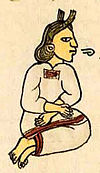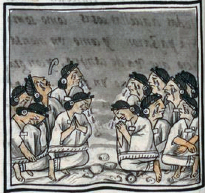Speech Scrolls Breathing Out Words
“And he breathed out many threatenings against them. And now the people of Ammon did not fear their words...” (Alma 35:9) Date: About 73 BC
“Behold, ye have breathed out many threatenings against me and my people; but behold, we fear not your threatenings.” (Alma 54:19) Date: About 63 BC
----------------------
An interesting terminology is used in these ancient Book of Mormon writings. The unusual terminology is describing someone who has or is speaking as if they were breathing “out…their words”.
This idea that people would be breathing out words in not found anywhere in the Bible. The closest thing to the idea that people would breathe out their words was started in the United States in the 18th century in what is called a callout. 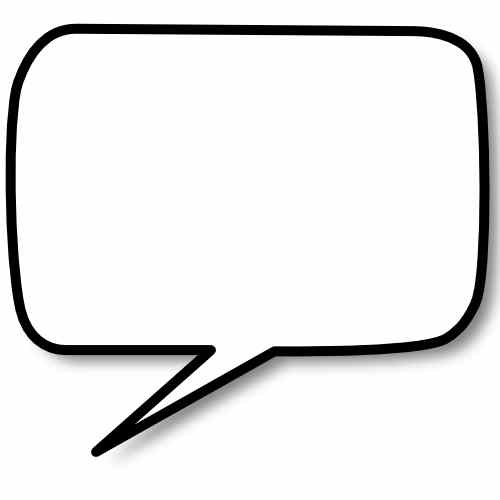
What is interesting is that Pre-Columbus Mesoamerica Codex’s have written on them what is called Speech Scrolls in front of someone’s mouth. Indicating that they were breathing words out of their mouth.
And even more interesting fact is that these “Speech Scrolls”, are carved upon stones that dated exactly back to the Book of Mormon time period.
----------------------
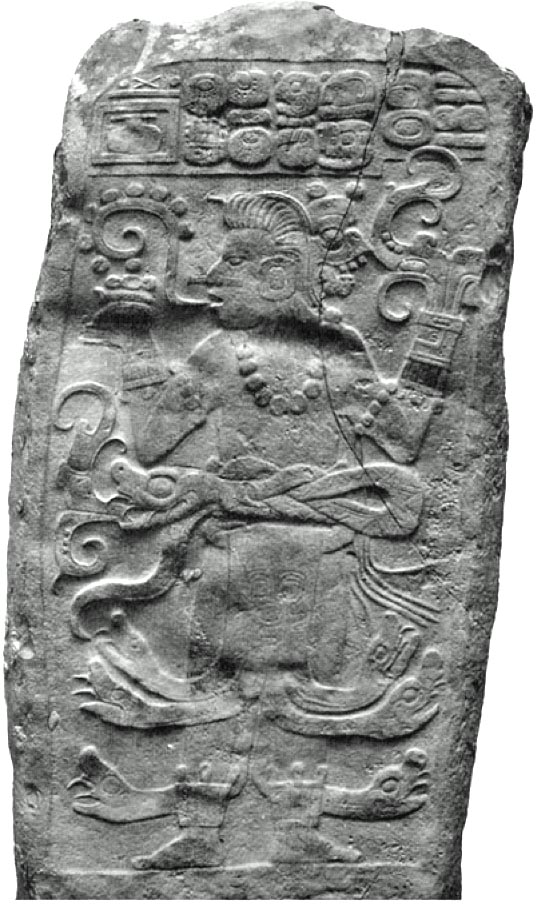 << Note: The Speech Scroll in front of his mouth on, Stela #13, from Seibal, Guatemala, Dated 400 BC to 600 AD
<< Note: The Speech Scroll in front of his mouth on, Stela #13, from Seibal, Guatemala, Dated 400 BC to 600 AD
----------------------
A "speech scroll" is a Hieroglyph that usually indicates someone talking. It can also give additional information on what kind of talking and/or sound is being portrayed.
A picture of an Nahua, Aztec woman with a "speech scroll" in front of her mouth, from the Florentine codex. The "speech scroll" indicates that she is speaking.
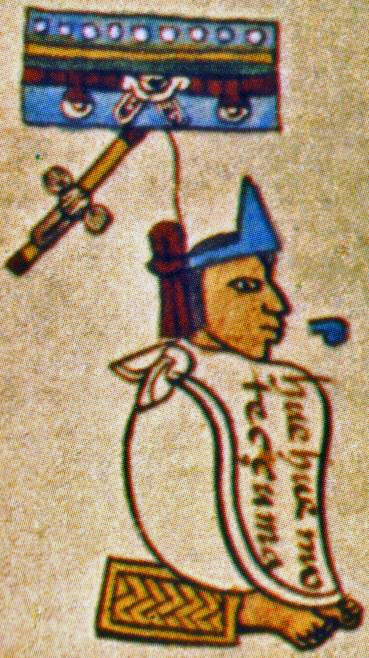 A picture of Moctezuma I with a "name glyph" above his head and "speech scroll" in front of his mouth, from Codex Mendoza.
A picture of Moctezuma I with a "name glyph" above his head and "speech scroll" in front of his mouth, from Codex Mendoza.
[A name glyph is someone's name written in "glyph form drawn usually above his head, and usually with a line attached from the person to the glyph.]
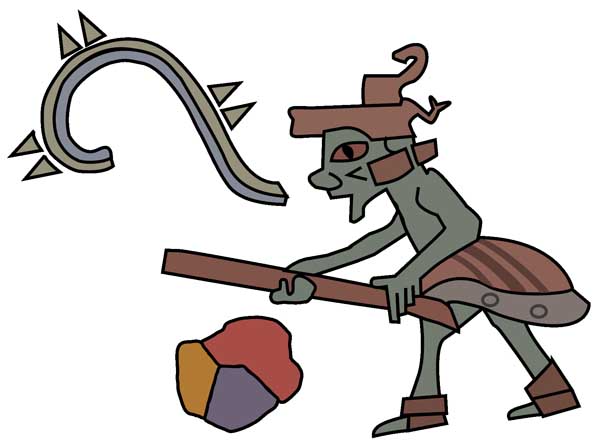 << A Teotihuacán ball player.
<< A Teotihuacán ball player.
Note the large size of the "speech scroll' with sharp edges indicating a loud sharp voice.
The additions of "nodes" or "tabs" onto outer edge, side or on top of a Speech Scroll can indicate what kind of “speech” or sound is being portrayed. For example: These added "nodes" or "tabs" can indicate the loudness of the sound or the persons voice, the tone of one’s voice, meaning anger or a kind pleasant sound or conversation. For example putting a flower on top of the speech scroll indicates the pleasant beautiful sound of music. Sometimes we will see what looks like a flame tab. In some Mesoamerican languages the word for 'flame' was -- and is -- literally 'fire-tongue,' as in Nahuatl tle-nenepilli.
![]() << Red and white flint knife icons attached to their small speech scrolls, indicating that they are verbally attacking the travelers on the left. (Selden Codex, p. 7)
<< Red and white flint knife icons attached to their small speech scrolls, indicating that they are verbally attacking the travelers on the left. (Selden Codex, p. 7)
<< Picture from the Florentine Codex
This drawing is not of a Book of Mormon event.
<< Note: One of the individual is looking up and praying. Note the "speech scroll".
---------------------
Additional Information:
Mesoamerican Speech Scrolls, (Book of Mormon Archaeological Form, by Diane E. Wirth)
